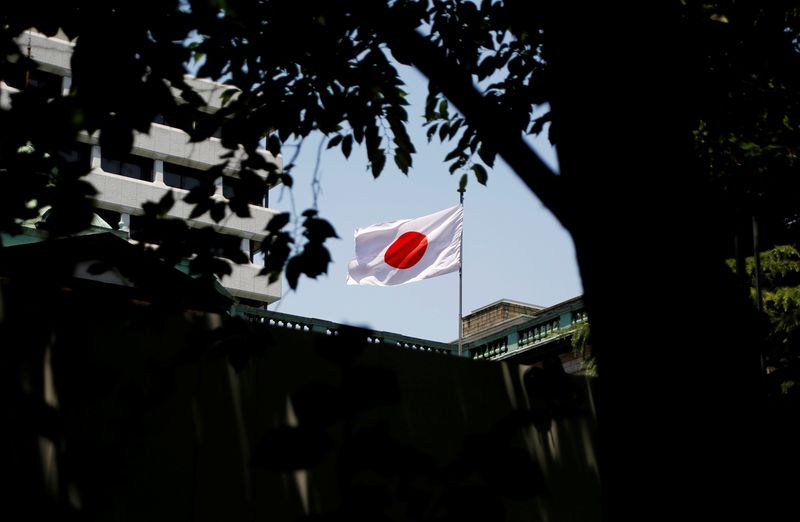Useful information
Prime News delivers timely, accurate news and insights on global events, politics, business, and technology
Useful information
Prime News delivers timely, accurate news and insights on global events, politics, business, and technology

By Jamie McGeever
(Reuters) – A look at what lies ahead in Asian markets.
The Federal Reserve has spoken, and as far as investors were concerned, the message was clear: clearly hawkish. Now it’s up to the Bank of Japan and the Bank of England, the two largest and most important of Thursday’s group of central bank policy decisions.
This recent burst of central bank meetings comes to a head with Thursday’s decisions that also come from Norway and Sweden and, more importantly from an Asian perspective, Taiwan and the Philippines.
Investors in Asia went on the defensive Thursday after the Federal Reserve cut interest rates by a quarter percentage point as expected but signaled a slower pace of easing ahead.
Federal Reserve officials raised their median projection of where they see the long-term neutral rate, significantly raised their inflation outlook for 2025 and continued to outline a path for further rate cuts next year.
Higher inflation coupled with continued easing is a circle that Federal Reserve Chairman Jerome Powell struggled to square in his press conference. And as he spoke to reporters, the selloff in stocks and Treasuries accelerated and the dollar soared even higher.
Wall Street ended the day with a sharp drop. The Nasdaq plunged more than 3%, the Dow Jones fell for the 10th day (its longest losing streak in 50 years), the dollar jumped to a two-year high, and bond yields rose across the curve. .
As Janus Henderson’s Dan Siluk noted, there is a possibility of an “extended pause” next year, and the Fed is signaling that “we are in an environment of structurally higher inflation and rates.”
Emerging market assets will almost certainly come under heavy pressure on Thursday.
All eyes in Asia are now turning to Tokyo. The Bank of Japan is expected to keep interest rates unchanged, leaving investors to follow the lead of Governor Kazuo Ueda’s remarks at his press conference.
Japanese swap rates imply a 60% chance that the BOJ will raise rates by 25 basis points in January, up from 70% a couple of weeks ago. A quarter-point increase won’t be fully priced in until May, and only 45 basis points of adjustment in total are expected for December, the swap curve shows.
The Philippine central bank is expected to cut its policy rate by a quarter point to 5.75%, according to a Reuters poll, with inflation under control and the economy weakening.
Although inflation rose for a second month in November to 2.5%, it is within the central bank’s target of 2% to 4%. This would be its third straight cut, and economists expect three more reductions next year.
Meanwhile, authorities in Taiwan are expected to keep the key policy rate unchanged at 2% and keep it there throughout next year, given the strength of the economy and concerns about inflation.